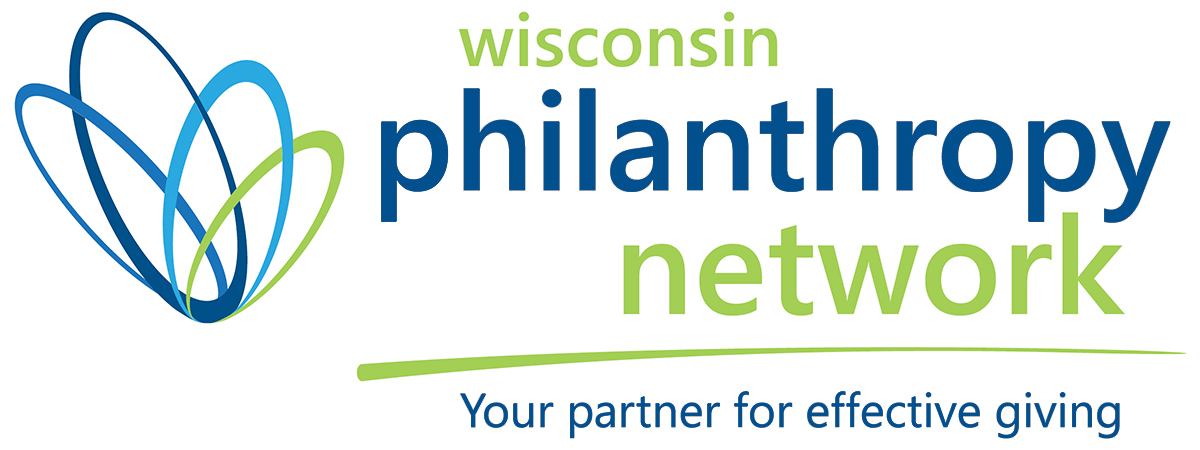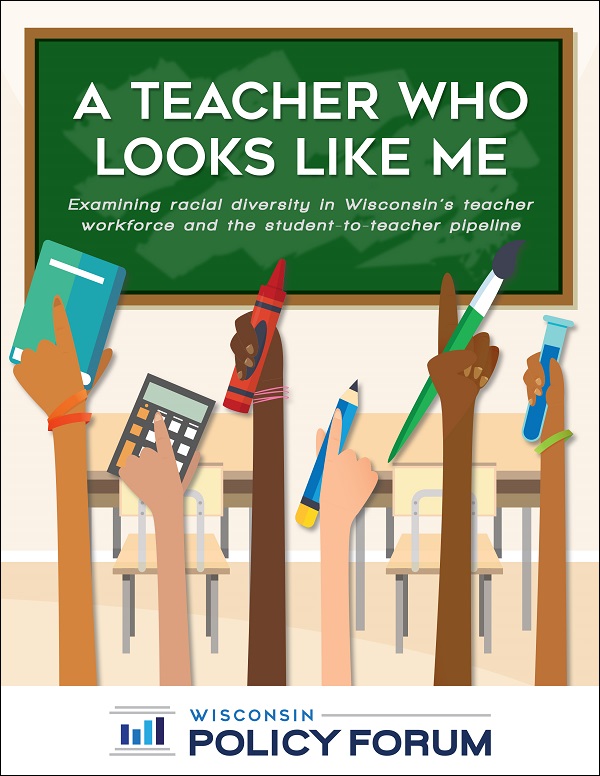A Teacher Who Looks Like Me
Examining racial diversity in Wisconsin’s teacher workforce and the student-to-teacher pipeline
June 2020
Among the most urgent challenges confronting Wisconsin’s K-12 education system are long-standing disparities in educational opportunity and achievement on the basis of race. Racial and ethnic achievement gaps also largely correlate with related socioeconomic differences within students’ communities in terms of income, poverty, unemployment, and educational attainment.
Both education thought leaders and an expansive body of research suggest a teacher workforce that closely represents the racial makeup of the K-12 student population it serves holds particular promise as one policy lever (among others) that could support academic performance and aspirations of students of color and mitigate trends in racial achievement gaps.
However, improving the racial and ethnic diversity of Wisconsin’s teacher workforce is important for both students of color and white students. Many would argue that as they prepare to take their place in an increasingly multicultural society and workforce, all students, irrespective of race, benefit from learning experiences and relationships with role models from a breadth of racial, ethnic, and cultural backgrounds.
Unfortunately, while students of color have been rising as a share of Wisconsin’s K-12 student population, the state’s teacher workforce has remained overwhelmingly white.
This is the first in a series of Wisconsin Policy Forum reports aimed at informing policy discussions about how to address this imbalance. We analyze available public data both to outline the magnitude of Wisconsin’s teacher-student race gap over time and to illustrate some of the educational attainment trends that contribute to it.
We begin with a brief overview of the Wisconsin context for this issue as well as national research on the connection between teacher diversity and student outcomes. The report then draws on several public data sources to:
- Describe Wisconsin’s teacher-student race and ethnicity gaps in terms of their magnitude, how they have changed over time, how they differ by race, and how they vary by geography.
- Explore high-level potential causes and conditions of such gaps through analysis of trends by race and ethnicity at selected stages of the teacher pipeline, from high school graduation and postsecondary enrollment, to participation in educator preparation programs.
Finally, we reflect on these trends to illustrate how they affect the nature of the teacher-student race disparities we see today. We find that the share of students of color at each of these stages in teacher development drops, meaning that the share of white students increases at each stage.
Future Forum research will explore questions surrounding the challenges and successes both schools and teacher preparation programs in Wisconsin and nationwide are encountering in addressing this problem. We will use these findings to uncover systems, policies, and structures that both pose barriers and that hold promise to support people of color joining the ranks of and building long-term careers as members of Wisconsin’s teacher workforce.
In identifying such barriers and means of removing them, our aim is to bring to light policies and practices that foster equitable educational opportunities and long-term outcomes among both students and future teachers of all races and ethnic backgrounds. Continue reading…





